Gundog trainer Howard Kirby explains how to train your gundog to hunt an area using simple whistle commands
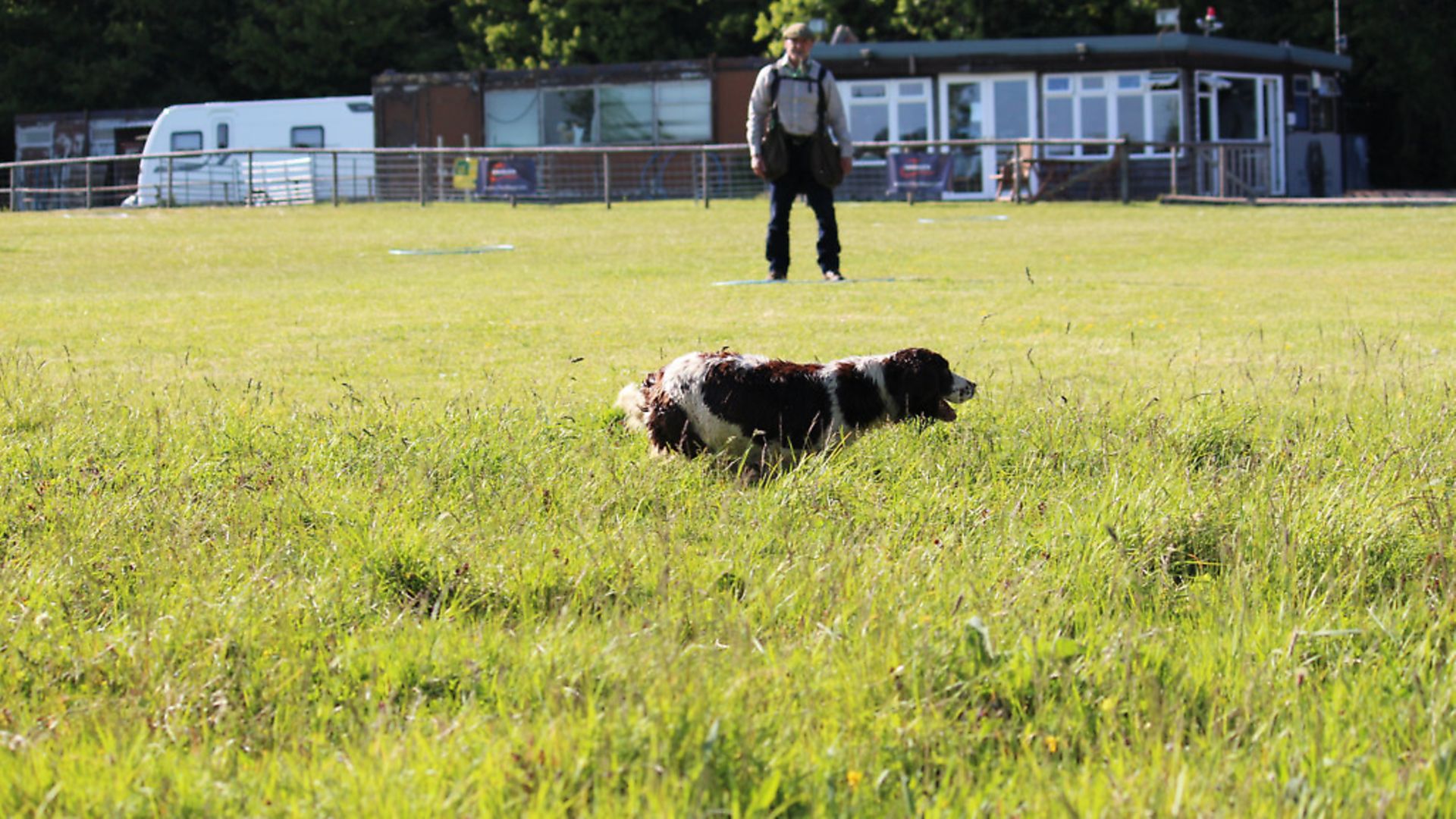 credit: Archant
credit: Archant
Last month, we talked about the benefits of teaching our gundogs to take a straight line when sent out for a retrieve. This will be important as it will be this behaviour that takes the dog to 'the area' that you think the dummy or bird is located in. As with all aspects of gundog work, one behaviour is intrinsically linked to another. In this case, once the dog has made the distance and has reached the area, we now need to convince it to start hunting in what will be a fairly precise place.
At the risk of repeating myself, it's all about communication. "Hey Fido! Now listen, darling, the keeper chappy says there's a bird just a hundred metres out through this kale, at the bottom of the third fence post along. Now be a love and pop and get it please."
If only we could have that conversation. (Please note…never refer to the keeper as 'chappy,' it's disrespectful and the subsequent fallout will never be good).
While we can't actually have a detailed chat with our dogs, the communication comes from the training we do to teach them to give us specific behaviours when prompted by a whistle, voice or arm signal.
Having directed the dog to the area, we can now give the hunt command; the vocalised version would usually be 'Hi Lost!' If you choose to give the command using your whistle, this is often delivered as a two-note command that sounds like a short, soft Stop whistle immediately followed by a slightly lower and elongated tone, 'pip-peeeeeep.' Like so many commands, if you choose to do as has been tried and tested for years, you will discover that the whistle commands given by the gundog community fit nicely together, building a communication system based on the whistle tone and the number of notes. I once met a trainer that had invented the most elaborate series of arm gestures to command her dog to stop. Uncharacteristically, I eventually blurted out, "that's all very nice as long as your dog is watching you when you need to stop him in an emergency." Harsh, I know, but I was taken to the brink by this particular client.
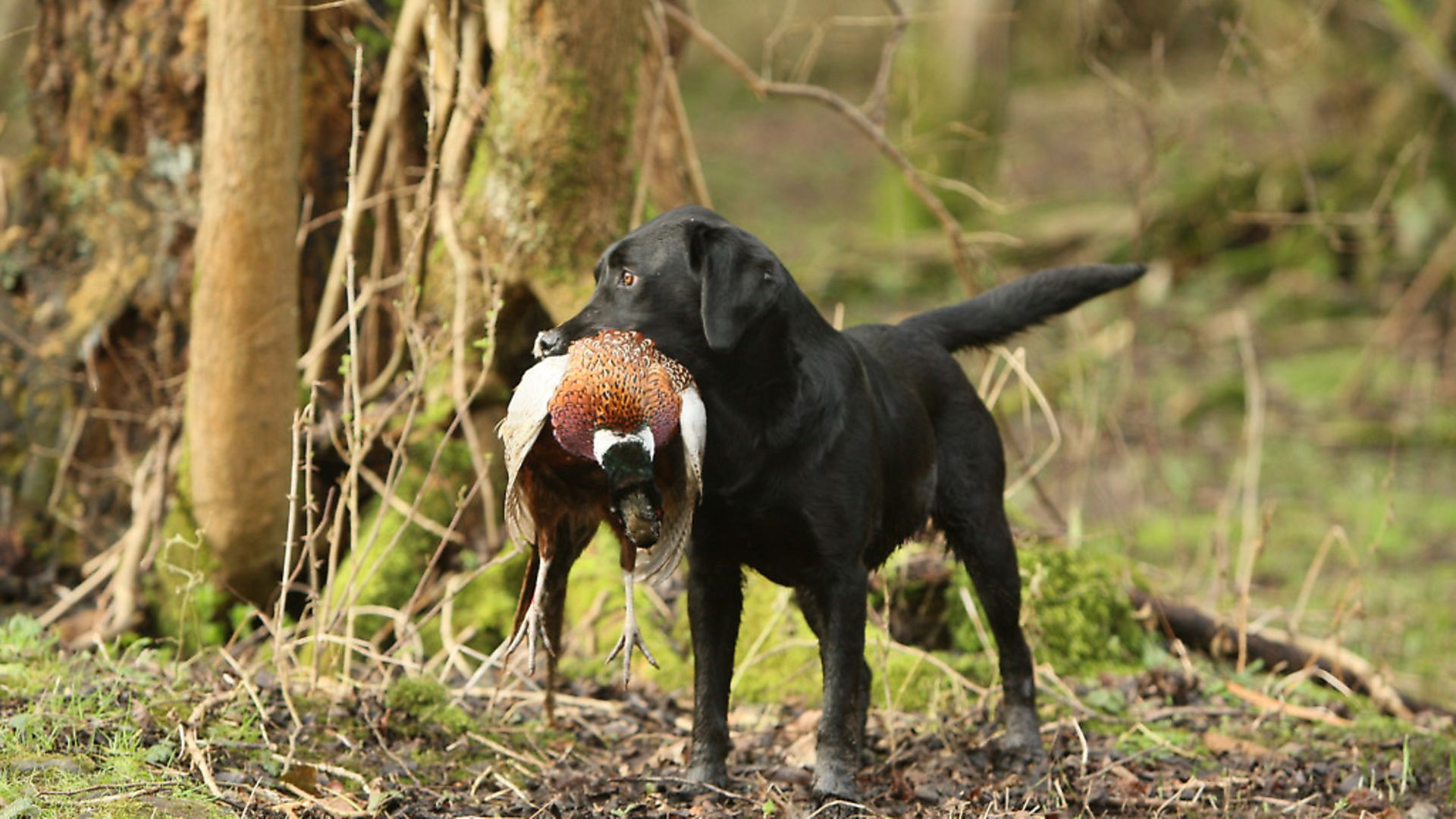 credit: Archant
credit: Archant
TRAINING WHISTLE COMMANDS
One pip of the whistle is usually taught to mean 'Hey stop, pay attention, I'm going to offer you something that's good'. Once thoroughly understood, two pips mean 'Hey stop, pay attention, I'm going to offer you something that's good, and now I've got your attention, turn and head back towards me'. Three or more pips mean all of the above with the addition of 'come and sit at my feet'.
So that now leaves us with the Hunt whistle, the first pip still means 'Hey stop, pay attention', the second, peeeeep, means 'Hunt there'. Simple? Well, maybe not, but think about it until it's clear in your mind.
So let's assume that the handler is now fluent both in their understanding and practical ability to talk this whistle language. Don't assume you can just blow the notes. When learning to walk, talk, direct a dog and make sounds from a whistle - all at the same time - it's not uncommon to hear whistle commands that sound like a cat being strangled. Get practising, but not on the dog. Of course, we now have to be 100% sure that the dog thoroughly understands all of this language. Remember that dogs learn by association; while the dog is hunting in the close proximity of a dummy, if we consistently repeat the hunt whistle just prior to him pouncing onto the dummy then it's likely he will start to understand the command.
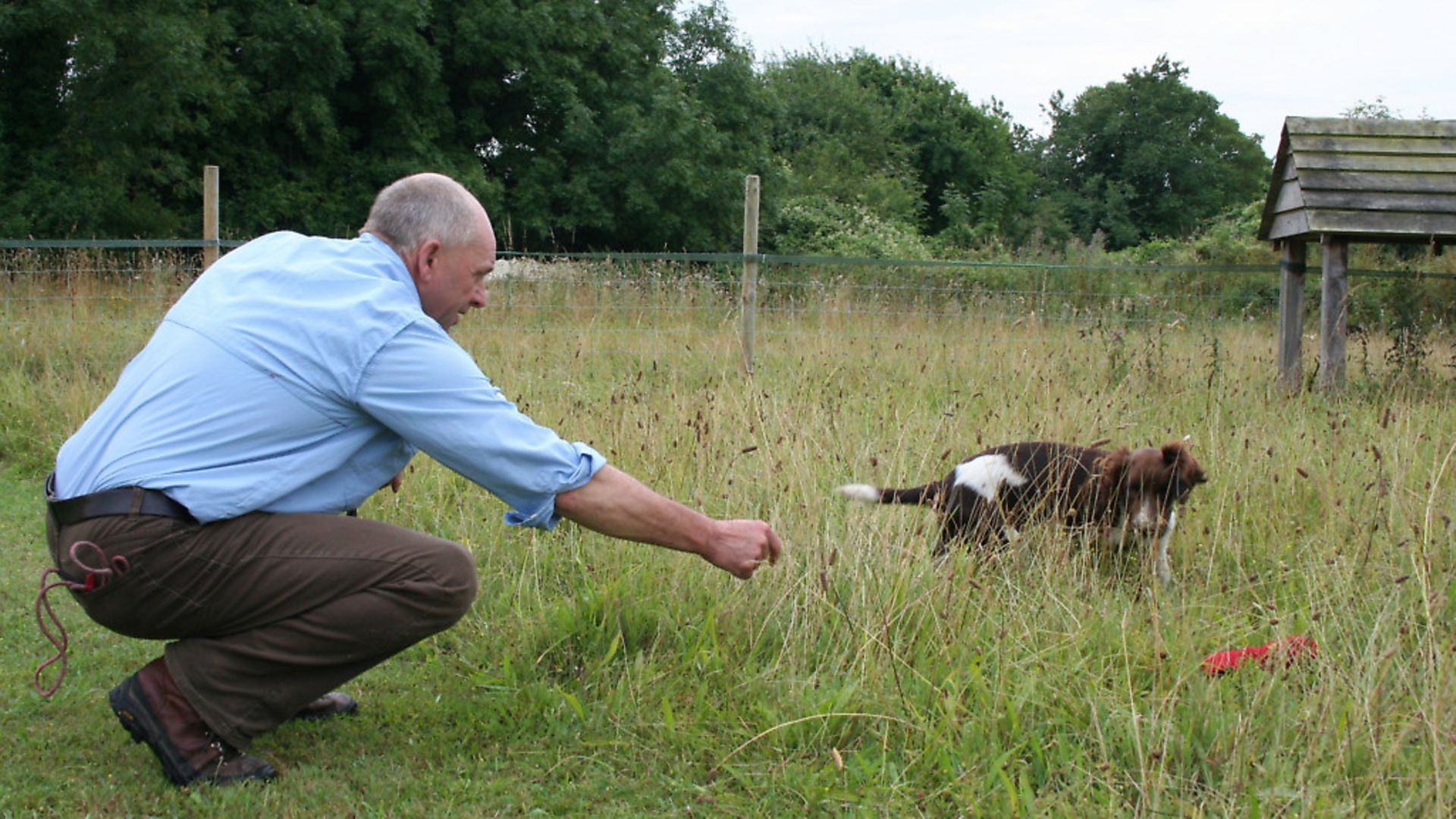 credit: Archant
credit: Archant
TRAINING THE HUNT WHISTLE
One of the techniques we use here at Mullenscote to help the dog to learn about the Hunt whistle is to sit him up just in front of you, take two steps backwards and then gently place a dummy in the space between yourself and the dog. Quietly start to play the Hunt whistle and gesture towards the dummy. You may have to say 'Fetch' to initiate him to pick it up; shuffle backwards encouraging the dog to deliver to hand. Repeat this exercise just a couple of times.
Our first objective is to teach the dog to pick the dummy with nothing more than a whistle command. No hands, eyes, dipping of your legs or head nodding. To test his understanding, turn your back on the dog, put your hands in your pockets (a nasty habit) and quietly issue the hunt command. If he understands the command, he will instantly grab the dummy and bring it to you. This should only take a few very short sessions to achieve. Result, well done the trainer - that's you!
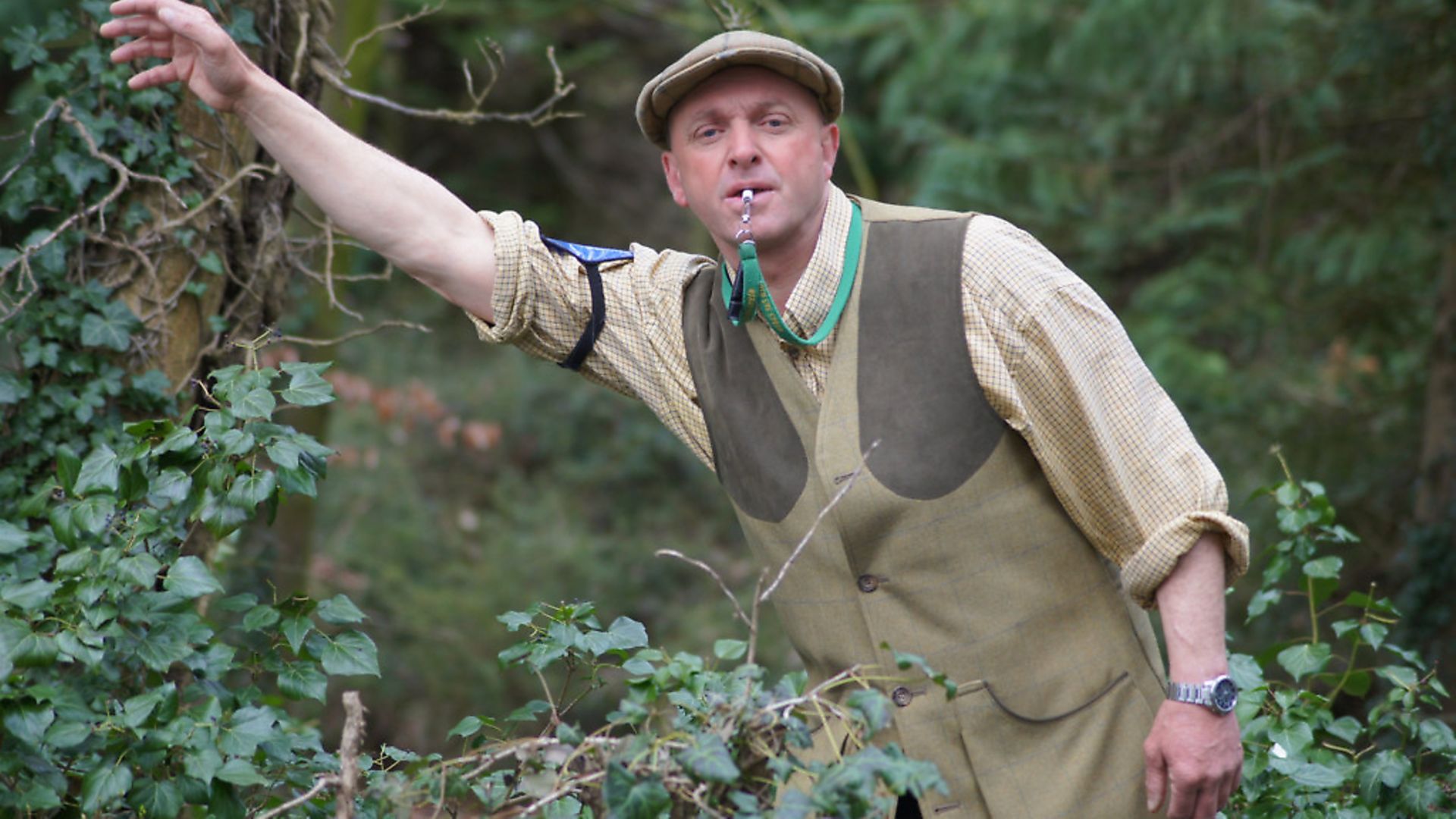 credit: Archant
credit: Archant
BUILDING YOUR DOG'S HUNT TRAINING
Now we can have some fun. Put some brashings into a little pile and repeat the training process. Initially, let the dog see you drop the dummy into the cover. Encourage him to hunt for it using all of the cues we started with.
Once he gets it, ensure the dummy is in the cover before he arrives - a blind! Again over a few sessions, teach the dog to start hunting with nothing more than the whistle command. This is one of those exercises that you can get really positive and quick results from. It will make you feel good. And so you should. Quiet self-congratulation, interspersed with the odd whoop, whoop, will help you to enjoy training your dog. If you're working with a teacher that never praises you and makes you feel rubbish, then work harder or get a better one. This is a choice you can make. Your dog doesn't get that luxury.
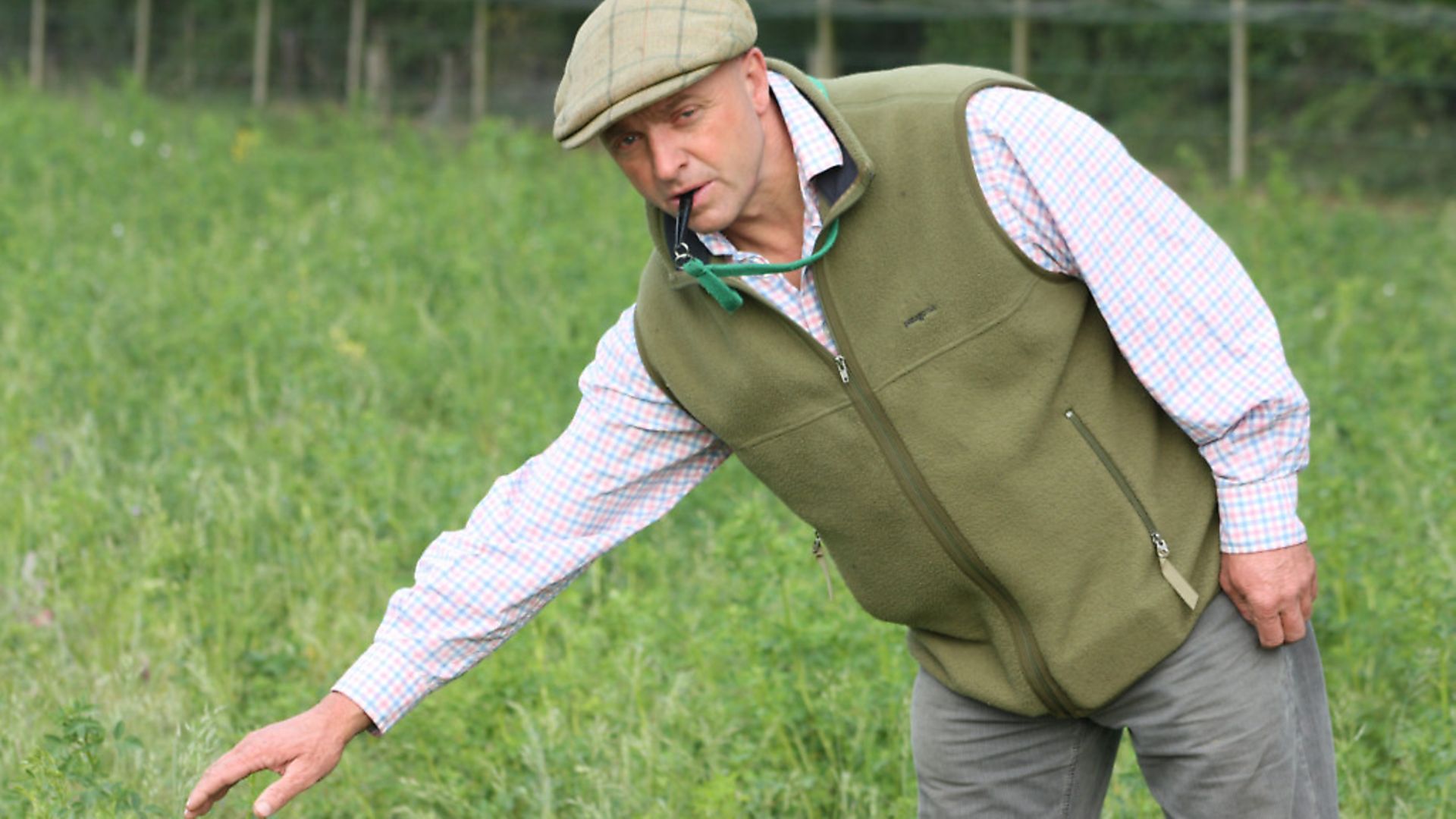 credit: Archant
credit: Archant
HUNT WHISTLE IN THE FIELD
With this new understanding of the Hunt whistle command, you can now start to use it in the field. As soon as the dog has reached the place where you think the dummy is located (this is referred to as 'the area'), overlay the dog's hunting activity with the Hunt whistle. Remember to be observant and change to a recall at the moment that the dog locates the dummy.
Make no mistake, you are going to have to overlay this whistle command many times before the dog links it to hunting and being close to the dummy… in the area. Using a combination of the two techniques that we have discussed in this article will help you to consolidate and build a formidable hunting partnership.
As always, have fun, ensure you practise understanding and kindness. Keeeeep training.